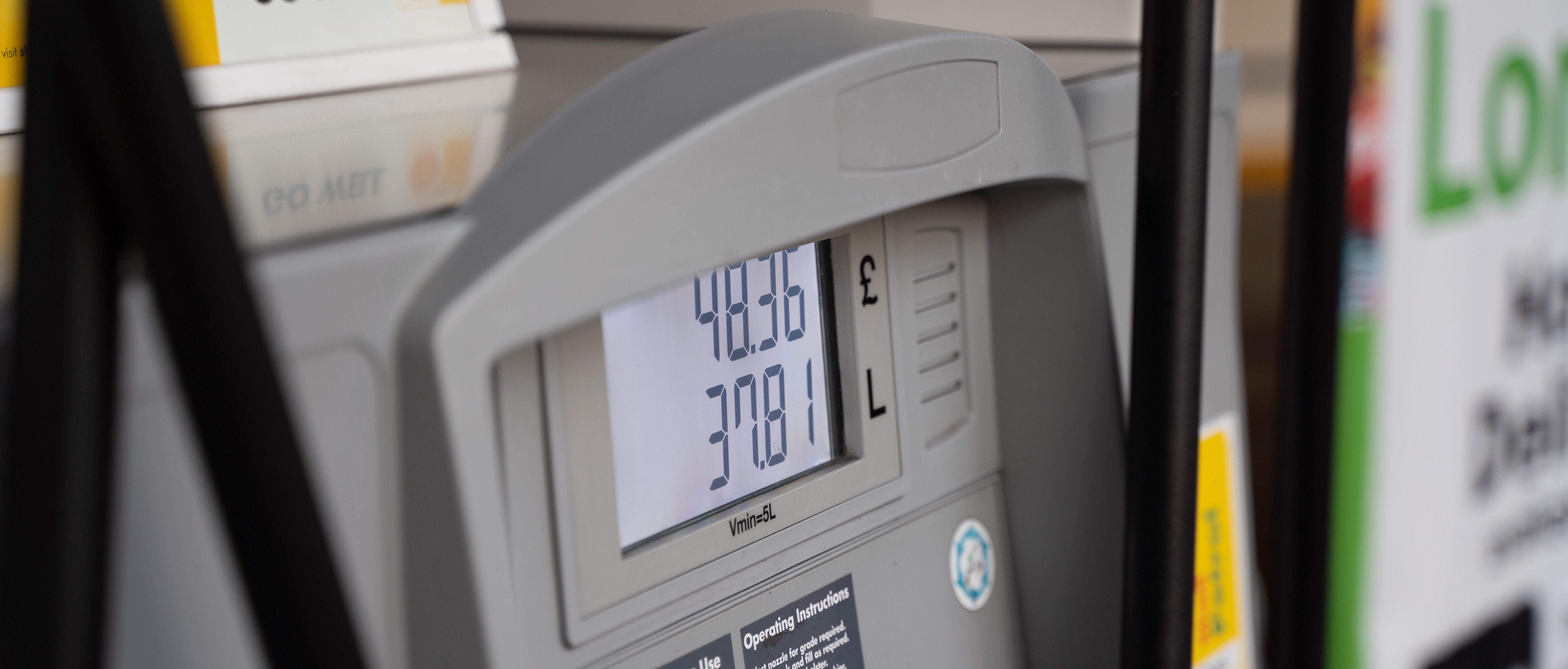The cost of living has been on the way up recently and many Kiwis are starting to feel the pinch. You’ve probably noticed your supermarket bill creeping up, or that the cost of filling up your car has increased rapidly. Cost of living increases are impacting the majority of goods Kiwis buy on a regular basis. Economists call this inflation, formally defined as a sustained increase in the general price of goods and services in an economy.
Wondering what inflation means for you? We’ve got you covered. We’ll take a dive into the economics behind the cost of living increases, why it's such a hot topic, what the government is doing about it, and outline what this actually means for you.

A crash course on inflation
The cost of living is almost always on the increase in a modern economy. If you look at the trends in the cost of living in any developed economy over the last 50 years you will see it slowly (and sometimes not so slowly) increase. We call this trend inflation. Inflation is a sustained increase in the general price levels of goods and services in an economy. By “sustained”, we mean ignoring any seasonal or temporary fluctuations in prices (think of how violently avocado prices can swing). Inflation, when stable and predictable, is commonly viewed to be a sign of a healthy economy. But when left unchecked can rot confidence and in extreme cases destabilise societies (Venezuela experienced inflation of 2,960% in 2020 - you read that right!).
High inflation is not new. In fact, if we look at historical trends, our current inflation isn’t out of the ordinary at all. During the 1970s New Zealand averaged an inflation rate of 11.5% per annum. A good costing $1 in 1970 would cost around $3 by 1979! You can try out the Reserve Bank’s inflation calculator here to try different periods yourself.
But a lot has changed since the 70s. In particular, in 1990 the Reserve Bank of New Zealand (who’s responsible for managing inflation) was told by the government to start ‘inflation targeting’. Basically, the Reserve Bank was told to keep inflation between 2-3%. This was a world first and for most of the 2000s and 2010s, it was highly successful. High inflation was a thing of the past.
It seems impossible to write anything in 2022 without saying this, but then COVID-19 hit. Economies were shaken, governments and Reserve Banks did everything in their powers to keep the economies running and supply chains felt the crunch.
Why exactly inflation is back is unclear and whether or not it will last is hotly contested by economists. The US Federal Reserve famously described inflation as “transitory” for most of 2021 before ditching the phrase in November. But what we do know is that inflation is usually caused by having too much money chasing too few goods. Overheating consumption buoyed by low interest rates combined with unprecedented supply-chain constraints are probably contributing.
What this means for Kiwis
In practice, all the above ‘economics-speak’ has meant an increase in the cost of living by almost 6% in 2021 according to Stats NZ. Top commentators such as ANZ have inflation poised to peak at 7.4% later this year before easing going into 2023. A reasonable conclusion to draw is that the worst of inflation may soon be in the rear-view mirror but a return to ‘normalcy’ is likely to take longer.
Chances are you will see these changes hit your grocery bill and transport costs first. This is because the prices of these items are not very ‘sticky’, meaning supermarkets and petrol stations can easily adjust them (think of those electronic price billboards at gas stations). But inevitably the increase in costs of living will work its way into almost every household bill.
What has the government been up to?
In response to the increased cost of living the New Zealand government has rolled out some recent changes, including:
Cutting the fuel excise tax by 25c/l
Half price public transport until the end of June
Minimum wage hike to $21.20 per hour
Benefit rates increased by $20-42 per week
Superannuation increased
Student allowance and living costs increased by $25 per week
These changes will certainly come as a relief to some but have been criticised for not doing anything to address the causes behind the increases. So if any of these directly impact you, you can breathe a sigh of relief for today. But one thing is clear, don’t expect a silver bullet to solve the cost of living overnight.

Some everyday tips to help with inflation
With prices on the way up and wages slow to follow its probably time to take stock of your finances and develop a strategy to weather out increasing living costs. When inflation means a dollar is worth less, it’s time to make each dollar go further.
A great way to get the most out of your income is to learn to budget! There are many great apps to help you get started (check out our guide on picking the right app here!). Budgeting allows you to see where any wasteful spending is occurring and come up with a plan to fix it. Remember to keep your budget realistic (allow for that takeaway dinner or cheeky latte) and simple to stick to.
According to Stats NZ data for June 2019, the three largest categories of household expenditure are housing and household utilities, food and transport.
Unfortunately, there’s little getting around the high cost of housing in New Zealand, but utilities are a different story. I think we’re all guilty of hunting for the best deal on utilities when we move into a new house but becoming complacent once that deal is signed. But just because you were getting a good deal when you moved in doesn’t mean you still are! It's worth checking over your utility prices and comparing them to current market offerings. Quashed’s market scan tool allows you to effortlessly do just this for your insurance. On average, a Quashed customer saves $300+ a year on their insurance policy and hours more in time. The simple to use app compares the prices and benefits across different insurance companies and policies.
Your grocery bill is one of your most vulnerable expenses to inflation due to its reliance on supply chains, transport costs and the ease with which supermarkets can vary prices. Food prices went up 4.1% in 2021, but not all food items increased equally (vegetable prices soared 14%!). Some simple ways to save on your grocery bill is to opt for budget brands when it makes sense and to make food from scratch whenever you can. For example, homemade roti, which costs a fraction of store or restaurant bought naan, is an easy way to make curry night far cheaper!
Grocer is an easy-to-use app that lets you easily compare the prices of various groceries at different supermarkets. The app allows you to select local stores to compare (you can even compare different stores from the same supermarket) and compile a list of groceries. The application will then compile two different shopping lists, a ‘one-stop’ list for the cheapest location or a ‘multi-stop’ list requiring different locations. You can easily compare the cost of these options and decide if the savings is worth the extra stops. The only issue we had was some items didn’t have an equivalent at all the stores we compared. Sometimes this was for obvious reasons but other times it was for items such meats where there are close equivalents. We’d recommend this app as it is an easy way to ensure you are actually getting the best deal on your grocery bill as a whole, not just the eye-grabbing savings supermarkets use to lure you in!
Transport prices tend to be largely driven by petrol price increases. Simple workarounds include cutting back on unnecessary trips and taking alternative transport options (such as walking, cycling or public transport) where necessary. See if carpooling is a viable option for getting to work or school! If you want more tips on cutting back your petrol spending check out our guide here.
If you’re after more inflation-beating tips, check out these ones from economist Tony Alexander or these ones from NZ Herald.
Finishing thoughts
Cost of living increases, widely thought to be spurred by supply chain crunches and COVID-19 policies, are on the up in New Zealand and abroad. You’re probably already feeling the pinch in your everyday bills. Until wage growth catches up (luckily, wages are on the up), it could be time to take inventory of your finances and get that budget in place!
Not sure where to start with this? Why not take a look at your insurance with Quashed’s market scan tool! Quashed is the best place to seamlessly compare insurance quotes to make sure you’re not overpaying on your insurance.

